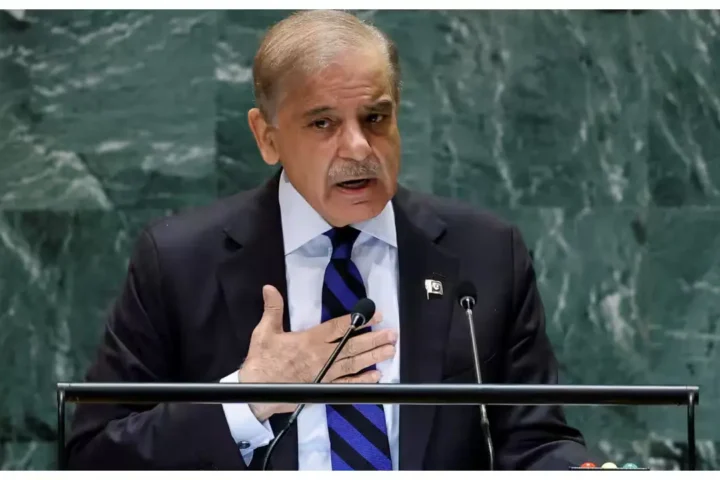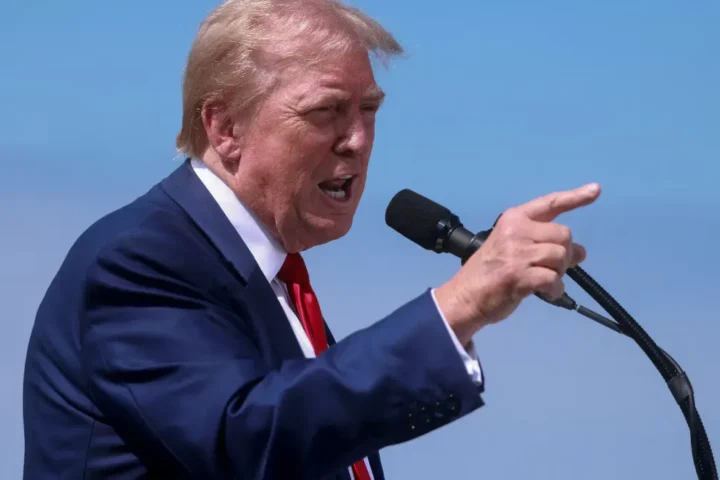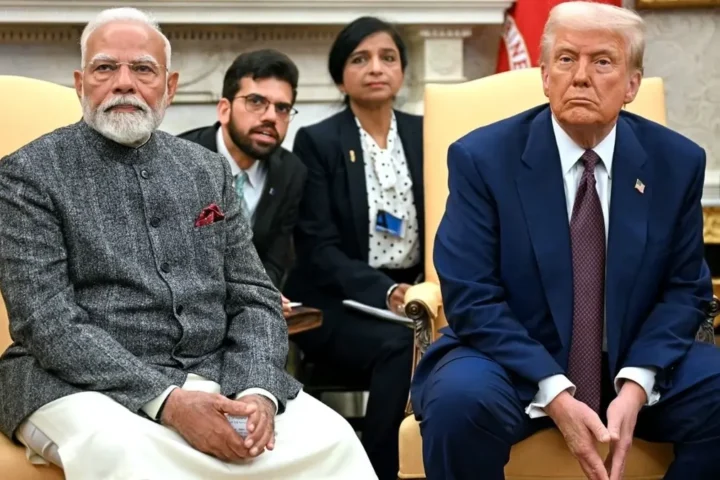The White House is turning up the heat on India, calling out its 100% tariff on American agricultural goods as a major trade barrier. In response, President Donald Trump is set to enforce tough reciprocal tariffs starting April 2, aimed at countering countries that impose steep taxes on US exports.
Why is the US Cracking Down?
According to White House Press Secretary Karoline Leavitt, India’s tariff policy makes it “virtually impossible” for American agricultural products to penetrate Indian markets. She accused multiple nations of exploiting US trade policies, stating, “These countries have been ripping off our nation for far too long.”
What Are the Key Issues?
Leavitt laid out a stark comparison of tariffs worldwide:
- India: 100% tariff on US agricultural products
- European Union: 50% tariff on American dairy
- Japan: 700% tariff on American rice
- Canada: Nearly 300% on American butter and cheese
“These excessive charges crush American businesses, pushing them to the brink,” Leavitt emphasized. She displayed a chart outlining how these tariffs create a massive disadvantage for US exporters.
How Will the US Retaliate?
Trump’s administration has vowed to impose strict reciprocal tariffs starting April 2. The president had earlier described existing US tariffs as “temporary” but has now signaled a major shift. “No more or no less… They charge us a tax or tariff, and we charge the exact same tax or tariff,” he stated in February.
While exact details remain under wraps, the White House confirmed that Trump’s team has already devised a structured plan to implement these measures effectively.
Interesting Read
What’s Next?
With Trump set to make an official announcement on Wednesday, global markets are bracing for the impact. The move is expected to reshape US trade dynamics significantly, with India and other nations forced to reconsider their tariff strategies.
Will India retaliate or seek a middle ground? The next few days could define a new era in global trade relations.







